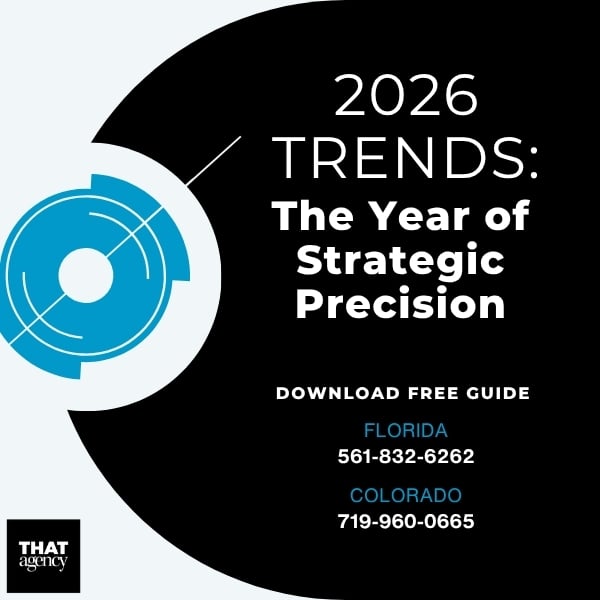
When it comes to online marketing, a lot of brands mess up one major thing: how they think about marketing funnel stages. They might have a basic idea of how the funnel works, but the way they use it doesn't always match how real people actually make decisions. That's where buyer journey mapping becomes the missing piece that transforms their entire approach.
At THAT Agency, we've helped businesses across different industries rethink their funnels, and once they do, they start seeing better leads, better results, and better returns. In this post, we'll break down what most companies get wrong about the funnel, how to fix it, and why buyer journey mapping is the missing piece for so many brands.
If you're new to digital marketing, you've probably heard about marketing funnel stages, but what does that really mean?
Think of the funnel as a path people follow before they decide to buy something from your business. It's called a "funnel" because it starts wide and gets narrower as people move closer to making a decision. At the top, you'll find people who are just starting to explore their problem. By the bottom, you've got buyers who are ready to take action.
There are three main marketing funnel stages every business should know:
What is it? This is the very first stage of the funnel. People at the top of the funnel are just beginning to realize they have a problem or need. They're not searching for your product or service just yet, they're looking for information.
Example: Let's say someone notices their website isn't getting much traffic. At this point, they might not even know that digital marketing or SEO could be the solution. They might start by Googling things like "why isn't my website getting visitors?" or "how to improve my online presence."
What kind of content works here? You want to create helpful, easy-to-understand content that answers their early questions and introduces your brand in a low-pressure way. Great examples of TOFU content include:
Goal: At this stage, your job isn't to sell, it's to educate and build trust. You want to show up in their search results, provide value, and let them know you exist.
What is it? Now that people understand their problem, they're looking for solutions, and comparing their options. This is the consideration stage, where your audience is thinking more seriously about hiring a professional, buying a service, or using a specific tool.
Example: Going back to our earlier example, the same person might now be searching "best digital marketing agencies for small businesses" or "compare SEO services." They're weighing their options and want to see who can help them solve their issue.
What kind of content works here? Now's the time to prove your value. People in the MOFU stage are more open to hearing about your services, as long as you keep it helpful and relevant. Great types of content for this stage include:
Goal: At this stage, your goal is to build credibility. You want to show that you understand their problem and have a real solution. Your content should help them feel confident about moving closer to a decision.
What is it? This is the final stage of the funnel. The person is ready to make a choice, they've done their research, looked at their options, and just need a little more information or reassurance to take the next step.
Example: Our digital marketing shopper is now searching for things like "contact THAT Agency," "get a quote for SEO services," or "book a marketing consultation." They're ready to buy, but they want to feel sure about it.
What kind of content works here? This is where trust becomes everything. You need to show proof that your business can deliver. Helpful content for BOFU includes:
Goal: Your job here is to make it easy to say "yes." Offer a smooth, helpful experience. Show them why you're the best fit, and give them a clear way to move forward.
You might be wondering, "Do I really need to create different content for each stage?"
The answer is yes, because each stage answers a different question your audience is asking:
When you understand and plan for the marketing funnel stages, you can connect with people at every step of their journey, whether they just learned about their problem or they're ready to call you today.
One of the biggest mistakes we see businesses make is assuming that every visitor enters their website at the beginning of the marketing funnel stages. That might sound logical, after all, everyone has to start somewhere, right? But in reality, that's just not how it works.
People don't always follow the funnel in a straight line. They don't all begin at the "awareness" stage. Some may already know what they need and are actively comparing options. Others may be moments away from making a decision. So, when you treat every visitor like they're just starting out, you risk giving them content that's too basic, or not helpful at all.
Let's say someone searches Google for "top marketing agencies near me." That person isn't just curious about what marketing is. They're already deep into the middle or bottom of the marketing funnel stages, probably in the consideration or decision phase. They're looking for someone to hire, not a beginner blog post on what digital marketing means.
If your site only shows them "intro to SEO" or "what is content marketing," they might leave without ever contacting you. Why? Because you didn't meet them where they are.
On the flip side, imagine someone brand new to the topic lands on your detailed service page full of industry jargon and pricing. That can be overwhelming, and it's not the right starting point for someone just learning the basics.
This is where a little research goes a long way. To figure out what stage of the marketing funnel someone is in when they visit your site, look at things like:
All of these clues help you figure out what your visitor already knows, and what they might need next.
Once you understand that not everyone is starting from the top, you can adjust your website and content to fit different needs. Here's how:
Don't just focus on blogs for beginners or service pages for ready-to-buy customers. Build a mix that covers all the marketing funnel stages: awareness, consideration, and decision.
Someone reading a beginner's guide probably isn't ready for a sales pitch, but they might sign up for your newsletter. Someone reading a case study might be ready to schedule a consultation.
If someone's reading a TOFU blog, suggest a MOFU case study or guide at the bottom. If they're on a BOFU page, offer a button to contact your team.
Use tools like Google Analytics, Hotjar, or HubSpot to track behavior and see which content gets the most engagement, and from whom.
If you treat every visitor the same, you'll lose people who are ready to move forward, and confuse the ones who are just starting out. Understanding where someone is in the funnel helps you give them the right information at the right time. And that builds trust, encourages action, and increases conversions.
Have you ever walked into a store knowing exactly what you want, only to be greeted with a flyer explaining how the store works? It's frustrating, right? That's exactly what happens when brands give everyone the same content, no matter where they are in the marketing funnel stages.
This is a big mistake that can cost you leads. Not every visitor to your site is at the same point in their journey. Some are just learning, others are comparing options, and a few are ready to buy. If you treat them all the same, you're not helping them move forward, you're making them feel stuck.
Think of it like this: If someone is just starting to explore their problem, giving them a detailed pricing breakdown might feel like too much too soon. On the flip side, if someone is already comparing agencies and lands on a beginner blog post, they'll think, "This isn't for me," and leave your site.
When you show the wrong content at the wrong time, people feel like your business doesn't really understand them, and that's a fast way to lose trust.
To make your marketing more effective, you need to match your content to each stage of the funnel. Here's how it works:
People at this stage are just discovering they have a problem or a need. They're not ready to buy, they're still learning.
Good content for TOFU:
Goal: Help people understand their problem and build trust with your brand.
Now that they understand the problem, they're looking at different options. They're comparing companies, solutions, or tools to see what fits best.
Good content for MOFU:
Goal: Show that you've solved this problem before, and that you can do it again.
At this point, they're almost ready to choose a company. They want proof that your business is the right one for the job.
Good content for BOFU:
Goal: Help them take the final step, whether that's booking a call, requesting a quote, or signing a contract.
Great question. The best way to figure this out is to look at two things:
Are they coming from a Google search that sounds like they're researching? Or are they clicking on a paid ad that says "Get a Free Marketing Quote Today"? That tells you a lot about where they are in the marketing funnel stages.
Someone landing on a case study probably already understands the basics. Someone reading a beginner's blog might need more guidance before they're ready to buy.
You can also use tools like Google Analytics, HubSpot, or Hotjar to track user behavior and adjust your content strategy based on what's actually working.
Don't just write content for the sake of filling up your blog. Be intentional. Here's how to fix this mistake:
Create a list of what you already have and organize it into TOFU, MOFU, and BOFU. See what's missing and fill the gaps.
If someone reads a TOFU blog, offer a link to a MOFU guide or a case study. If someone's on your BOFU service page, make it easy for them to contact you or request a quote.
Every piece of content should help the reader take one step closer to making a decision. Ask yourself: What does this person need to know next?
Your website and marketing content should work like a friendly guide, always pointing people in the right direction based on where they are in their journey. When you understand the marketing funnel stages and tailor your message to match, people are more likely to trust you, engage with your brand, and take action.
Don't make the mistake of treating every visitor the same. Meet them where they are, and guide them forward, one step at a time.
This is one of the most common, and most costly, mistakes we see brands make. They build out their marketing funnel, create content, and even run ads, but they forget one important step: buyer journey mapping.
What's that? Simply put, buyer journey mapping means taking the time to understand what your ideal customer is thinking, feeling, and doing at every step before they make a purchase. It's how you make sure your content actually helps people, rather than confusing or losing them.
When businesses skip this step, they often end up sending the wrong messages at the wrong times. And that usually means people leave the site without taking action.
You might be wondering: "Isn't the marketing funnel enough? Why do I need to map out the buyer's journey too?"
Great question. The marketing funnel stages (awareness, consideration, decision) show where someone is in their buying process. But buyer journey mapping goes deeper. It helps you understand what your customers are experiencing at each of those stages, what questions they have, what problems they're facing, and what kind of support they need.
Let's walk through an example.
Let's say your ideal customer is a dealership owner who wants to grow their business. Here's what their journey might look like:
They're starting to notice a problem.
"Why isn't my website bringing in more leads?"
At this point, they might search for terms like "how to get more car sales online" or "why no one is visiting my website." They're not ready to buy, they're just trying to understand the issue.
Now they know they need help.
"What services can help me get better results online?"
They may start researching digital marketing solutions or reading blog posts about SEO, social media, or paid ads for car dealerships.
They're ready to take action.
"I want to work with a trusted marketing agency." Now they're looking at specific companies. They want to see case studies, pricing, and testimonials. They're deciding who to hire.
If your content doesn't speak to their exact situation at each step, they're likely to click away and choose someone else.
Without buyer journey mapping, brands often do things like:
This can make your business feel out of touch, and it wastes valuable marketing dollars.
The good news? You don't need anything fancy to get started with buyer journey mapping. You just need to ask the right questions and use the data you already have.
Here's a simple way to start:
Choose one of your main customer types (like dealership owners, dentists, or small business CEOs).
For each marketing funnel stage, answer these questions:
Use real data wherever possible:
Write all this down in a simple chart or document. This is your buyer journey map, and it's one of the most powerful tools you can have in your marketing strategy.
Once you have a buyer journey map, it becomes much easier to:
Instead of guessing what people want, you'll know. And that kind of clarity leads to better results, plain and simple.
Let's be honest, marketing automation is pretty amazing. It can save time, keep things organized, and help you stay in touch with your leads and customers. Tools like email sequences, chatbots, and digital ads make it easier to keep your business running, even while you sleep.
But here's the catch: automation only works well when it's guided by a smart strategy. If you rely too much on these tools without thinking about your audience's needs, it can backfire. Instead of feeling helpful, your marketing starts to feel robotic, rushed, or just plain annoying.
Let's say someone visits your site and downloads a free guide, like a checklist on how to improve their online presence. That's a great sign! They're interested. But right after that, they get hit with a flood of sales emails, back-to-back, asking them to book a call or sign up for a service they haven't even looked into yet.
This is a common mistake. The person downloading the guide is probably in the top or middle of the marketing funnel stages, they're still learning, not buying. So hitting them with aggressive sales messages doesn't help. In fact, it can scare them off.
We've seen companies lose leads simply because their automation was too fast, too pushy, or not tailored to the person's stage in the buyer journey.
Absolutely! Automation is a helpful tool, when it's used the right way. It can:
The problem isn't automation itself, it's using it without understanding where the person is in their journey.
Automation should make the customer experience smoother, not faster than it needs to be. The key is to set up your tools so they react based on what the person is actually doing, not just what you want them to do next.
Here's how to use automation the smart way:
Not everyone is in the same place. Some people just found your blog and are in the awareness stage. Others may have watched a product demo and are in the decision stage. Your automated messages should reflect that.
Tip: Use tags, triggers, or lead scoring in your CRM or email platform to track what people are doing. Did they:
Instead of using one long email sequence for everyone, break your automation into smaller paths based on where the person is in the marketing funnel stages.
Why this works: When your messages feel relevant and well-timed, people are more likely to engage and move to the next step on their own.
One of the biggest problems with over-automation is that it rushes people. Just because someone clicked a link or downloaded something doesn't mean they're ready to buy today. Give them time to explore, learn, and build trust.
Tip: Space out your emails or messages. Let a few days pass before following up. Focus on being helpful, not just selling.
Not everything has to be automated. Sometimes, a quick personal email or a short video message goes a long way. Automation can help you scale, but the real connection often comes from being human.
Example: After someone attends a webinar, send a personal thank-you email from your team. Invite them to ask questions or book a call, without pressure.
Automation should make your marketing feel smarter, not pushier. When it's done right, it helps people move through the marketing funnel stages in a way that feels natural and valuable.
When you're running a marketing campaign, it's easy to get excited about big numbers. Thousands of website visitors, tons of likes on your Instagram post, a spike in page views, it all looks great on paper. But here's the truth: not all numbers are created equal.
Just because your content is getting attention doesn't mean it's bringing in results. One of the most common mistakes we see is businesses focusing on surface-level stats that don't actually reflect what's happening in the marketing funnel stages.
Let's break it down with an example.
Let's say your blog post got 5,000 views in a week. That's a nice number, it shows people are clicking and finding your site. But here's the real question: Did any of those readers take the next step?
If the answer is no, then all those clicks don't mean much for your business. Views are nice. Conversions are better.
To understand what's really working, you need to look at different metrics for each stage of the marketing funnel. These numbers will show you how people are moving through the funnel, and where they're dropping off.
Here's how to break it down:
At this stage, people are just discovering your brand. They're learning about a problem they have and starting to explore possible solutions.
Metrics to track:
Why these matter: These metrics show if your content is attracting the right audience and keeping their interest. If people are leaving right away, your content might not be helpful, or you may be targeting the wrong group.
Now your audience understands the problem and is looking at options. They're comparing different solutions and trying to figure out who can help.
Metrics to track:
Why these matter: These actions show that people are more engaged and thinking about doing business with you. They're looking for more in-depth info and showing trust in your brand.
This is where the magic happens. People are ready to choose a provider and take action.
Metrics to track:
Why these matter: These are the clearest signs that your marketing is working. If people are converting here, it means your funnel is guiding them in the right direction.
Are likes and shares completely useless? Not at all! They're great for building brand awareness and showing what kind of content your audience enjoys. But they shouldn't be the only thing you track, especially if your goal is to grow sales or generate leads.
What if I'm not getting conversions, but my traffic is high? This often means there's a disconnect. Maybe your content is bringing in people who aren't a good fit. Or maybe you're not giving them a clear next step. That's where tracking the right funnel metrics helps, you can spot the problem and fix it.
How do I track all of this? You don't need to be a data expert. Tools like Google Analytics, HubSpot, and even basic CRM platforms can show you:
You can also set up goals and conversion paths to see how far people are getting in your funnel.
The best way to grow your business isn't to chase the biggest numbers, it's to track the right numbers. Here's how:
By following this approach, you'll be able to see what's really helping your leads move forward, and what needs a second look.
It's tempting to celebrate big traffic numbers and popular posts. But if your goal is to grow your business, you need to look beyond likes and clicks. You need to understand how people are moving through the marketing funnel stages, and whether your content is truly helping them take action.
So, we've talked a lot about what can go wrong with marketing funnels, but what does it look like when things are going right? A good marketing funnel isn't just a series of pages or automated emails. It's a thoughtful process that helps people move from curious to confident, one step at a time.
When your marketing funnel stages are working together the right way, your entire sales process feels smooth, for you and for your customers.
Let's walk through what makes a funnel truly effective, and what that looks like in action.
Why this matters: People go through different thoughts and emotions at each stage of the funnel. In the beginning, they're just trying to understand their problem. Later on, they're comparing options. And at the end, they want to feel confident that they're making the right choice.
A strong funnel provides the right kind of content at each stage:
The result: Your content feels relevant and supportive, not random or pushy. People feel like you get them.
Do I really need all these marketing tools? Not all of them, but the right tools can make your funnel smarter and more effective.
For example:
What matters most is this: Your tools should support the buyer's journey, not interrupt it. Use automation to make their experience easier, not to rush them through it.
Have you ever visited a website and thought, "Now what?" That's what happens when a funnel doesn't make the next step obvious.
A good funnel removes all the guesswork. Whether someone is reading a blog, watching a video, or exploring your services, there should always be a clear next action they can take.
Examples of next steps:
Why this works: When people know exactly what to do next, and it feels easy, they're much more likely to take action.
You can't improve what you don't measure. A good funnel doesn't just guide people, it also keeps track of what's working and where people are getting stuck.
Here's how to track each part of the funnel:
Why this matters: By measuring performance at each stage of the marketing funnel stages, you can see where your leads are dropping off, and make changes to improve results.
The best funnels don't feel like sales machines. They feel like helpful guides. When your funnel is built around what your audience really needs, it builds trust. It doesn't push people, it supports them.
Think of it like this: You're not trying to "trap" someone into buying. You're walking alongside them, answering questions, offering help, and making it easy to move forward when they're ready.
That kind of experience makes a big difference. Not only does it help you get more leads and sales, it also creates happier customers who are more likely to come back or refer others.
If your funnel isn't built around real people and how they make decisions, you're missing out. At THAT Agency, we've helped businesses rethink their marketing funnel stages and start creating journeys that actually convert.
By focusing on real buyer needs, using buyer journey mapping, and creating helpful content for each stage, you can turn your funnel into a tool that works for you, not against you.
Need help building or fixing your funnel? Contact us to learn how we can help you create a smarter digital strategy that brings in real results.
Tags: marketing funnel stages, marketing automation, lead generation funnel, sales funnel optimization, digital marketing strategy, buyer journey mapping,, funnel content strategy
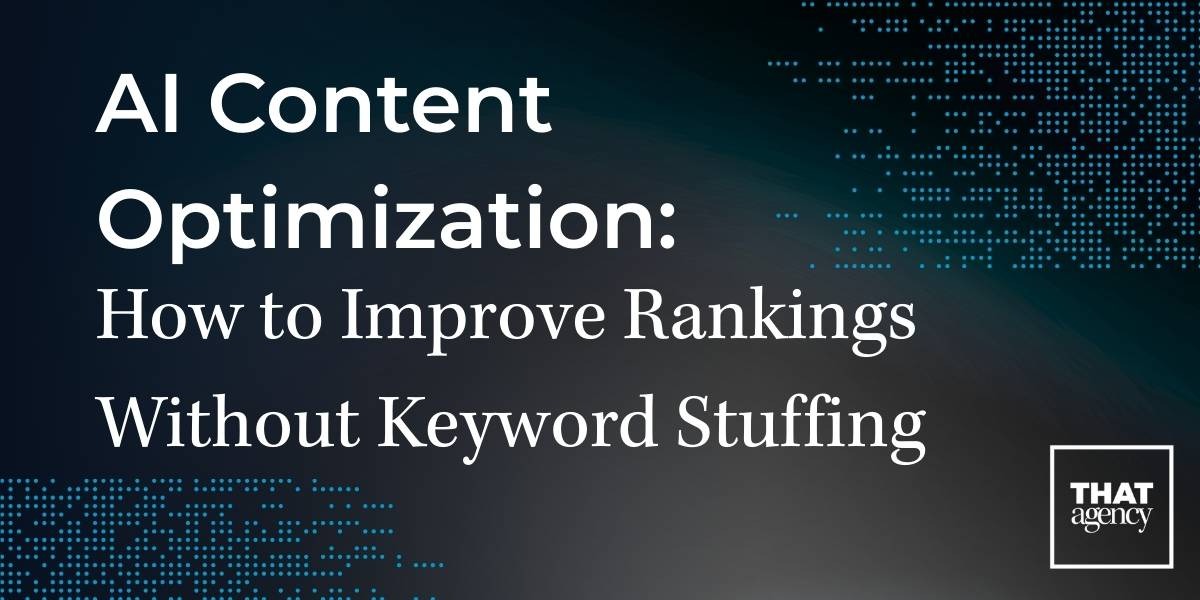
AI Content Optimization: How to Improve Rankings Without Keyword Stuffing
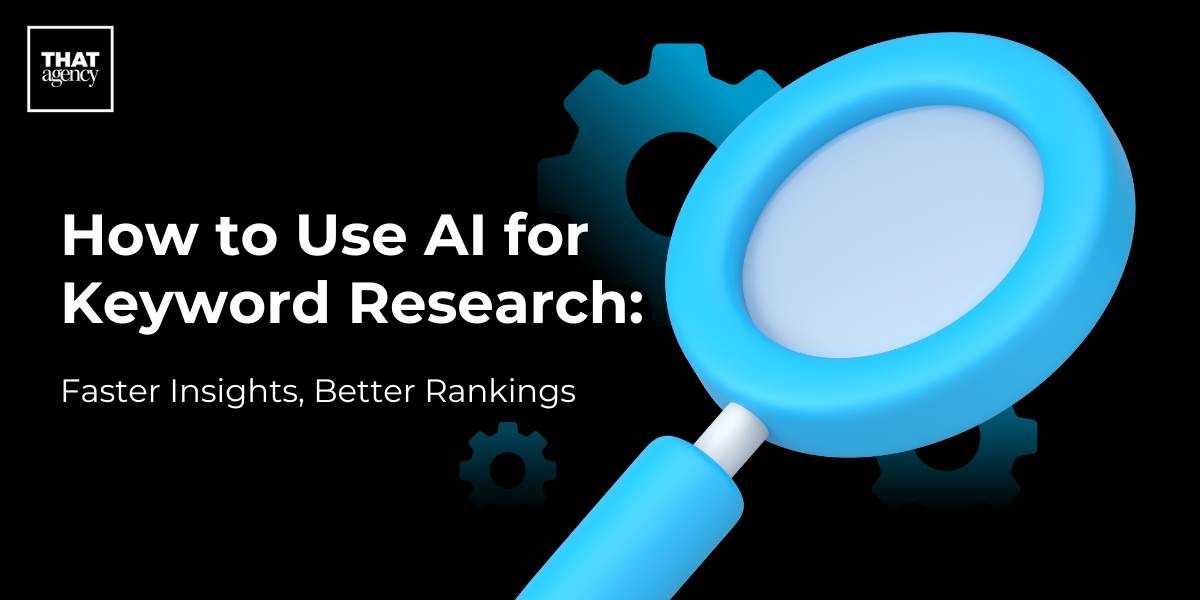
How to Use AI for Keyword Research: Faster Insights, Better Rankings
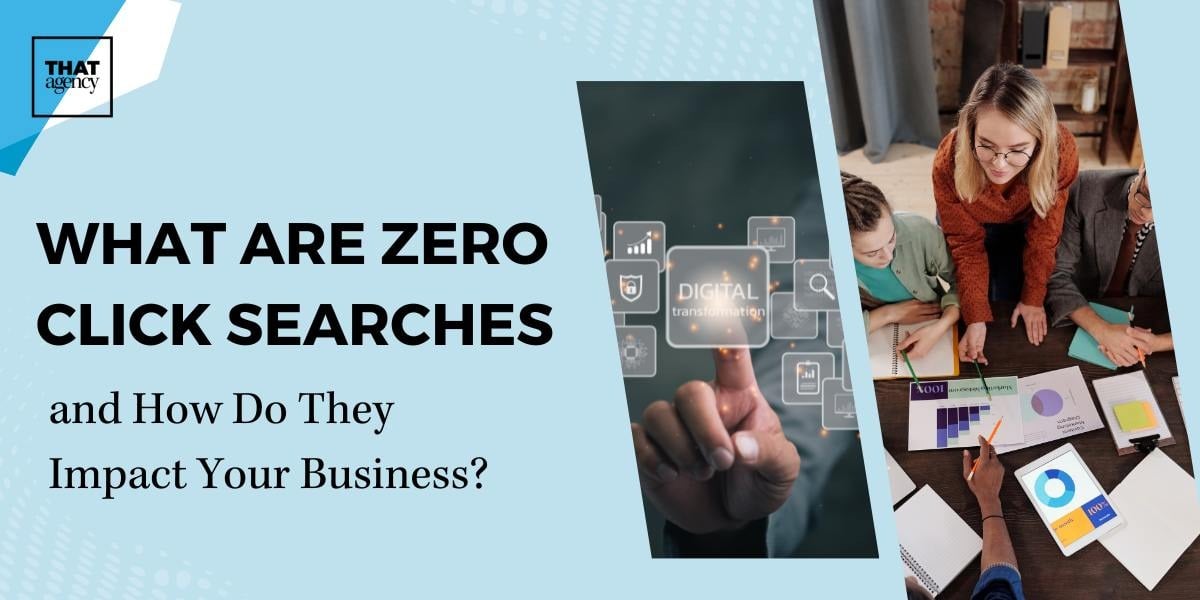
What are Zero Click Searches and How Do They Impact Your Business?
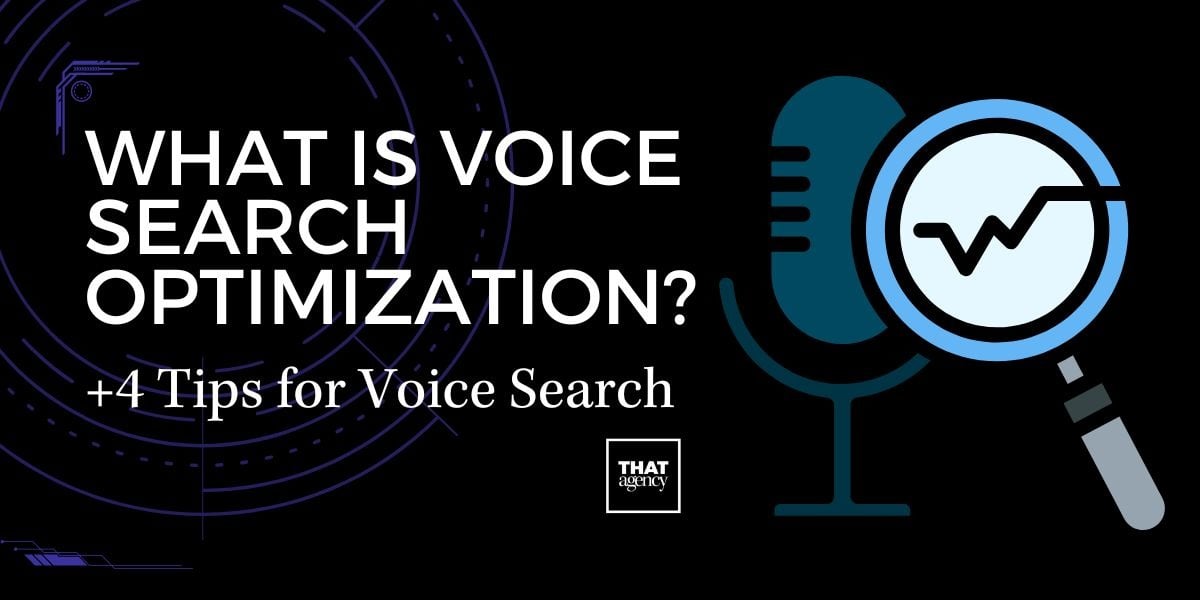
What is Voice Search Optimization? +4 Tips for Voice Search
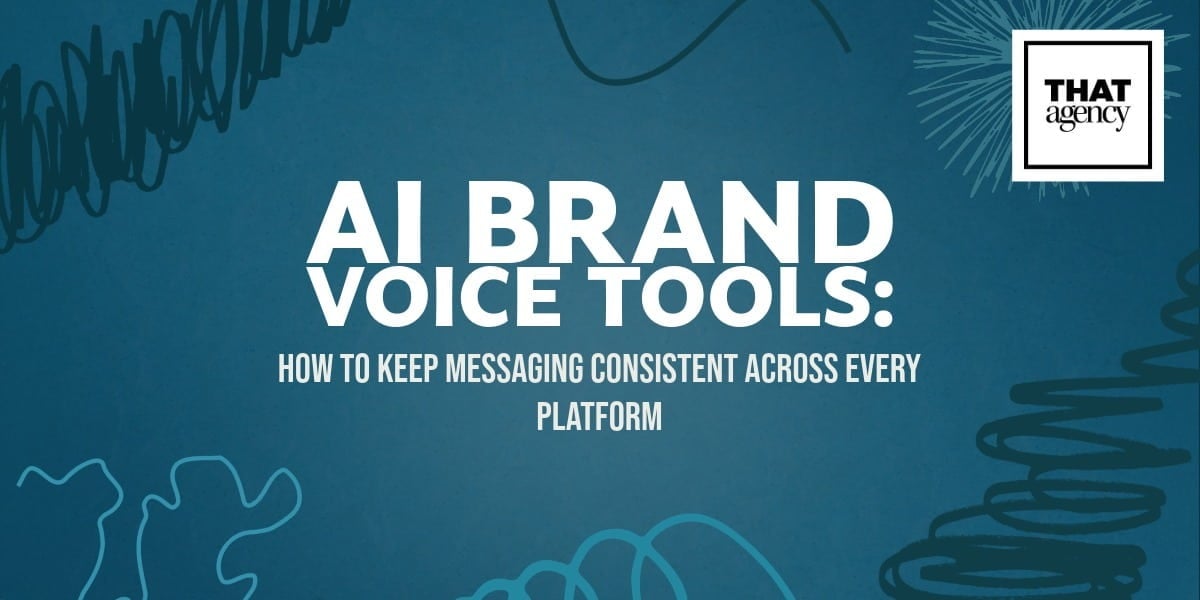
AI Brand Voice Tools: How to Keep Messaging Consistent Across Every Platform
700 S. Rosemary Ave.
Suite 204-707
West Palm Beach, FL 33401
P: 561.832.6262
F: 561.832.7707

